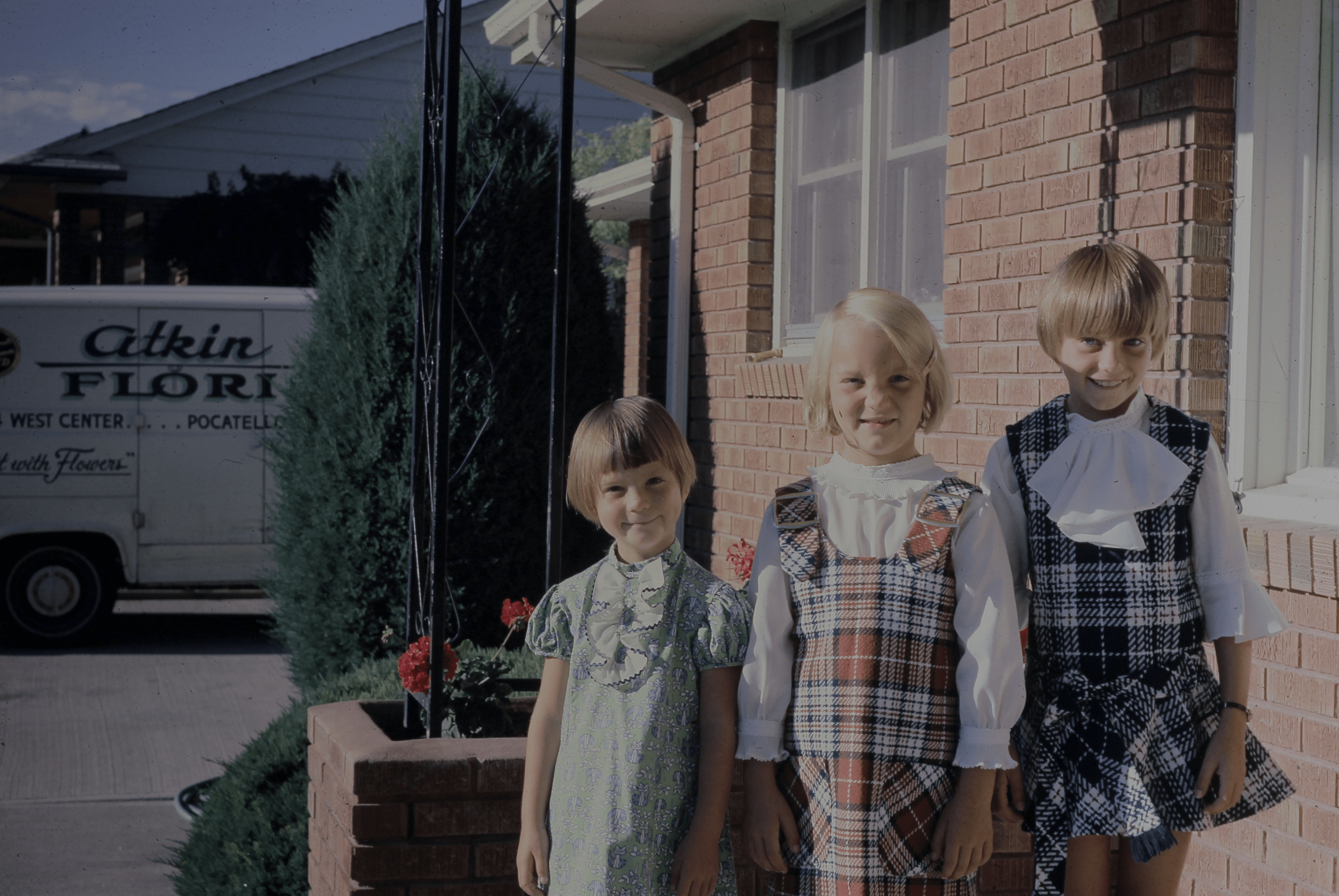10 Ways to Recognize a Child Sex Predator: Safeguarding Our Little Ones

Hello, dear readers! We know it’s not the most cheerful topic, but ensuring the safety of our little ones is a priority for all of us. The Jan Broberg Foundation is here with a friendly guide on how to recognize potential child sex predators. We believe that being informed can make a world of difference in creating a safer environment for our children.
1. Trust Your Gut Feeling: Your intuition is a superpower! If something feels off about an individual’s behavior around children, pay attention. It’s okay to trust your instincts and take action if needed.
2. Behavioral Red Flags: Watch out for unusual behaviors such as excessive interest in children, inappropriate touching, or a pattern of secrecy. Genuine concern for a child’s well-being should be transparent, not hidden.
3. Online Awareness: In the digital age, it’s crucial to keep an eye on online activities. Child predators often lurk in the virtual world. Be aware of who your child is interacting with online, and educate them on safe online practices.
4. Sudden Behavioral Changes in Children: Kids are like little barometers. If a child suddenly exhibits drastic changes in behavior, mood, or becomes withdrawn, it’s time to investigate and have an open conversation with them.
5. Isolation Attempts: Beware of individuals who try to isolate a child from their friends or family. Child predators often seek opportunities away from prying eyes. Encourage open communication and make sure your child feels comfortable talking about their experiences.
6. Unsupervised Gift-Giving: While gifts are usually a delightful surprise, be cautious if someone consistently gives gifts to your child without your knowledge. Child predators may use gifts as a way to manipulate and gain trust.
7. Overly Familiar with Children: Pay attention to adults who seem overly familiar with children but have no clear reason to be. It’s essential to maintain healthy boundaries and question any unnecessary closeness.
8. Inconsistent Stories: Child predators may tell inconsistent or conflicting stories about their background, relationships, or intentions. If something doesn’t add up, it’s time to investigate further.
9. Reluctance to Be Monitored: Someone with good intentions should have no problem with reasonable supervision when interacting with children. If an individual is hesitant about being monitored, it’s a potential warning sign.
10. Lack of Respect for Boundaries: Respecting personal space and boundaries is a fundamental aspect of healthy relationships. If an individual consistently ignores these boundaries, it’s a cause for concern.
Remember, it’s not about living in fear but being informed and proactive. Let’s create a world where our little stars can shine brightly without any shadows. Stay vigilant, stay positive, and let’s work together to keep our children safe!
Wishing you all a safe and joyful journey in parenting, The Jan Broberg Foundation”
